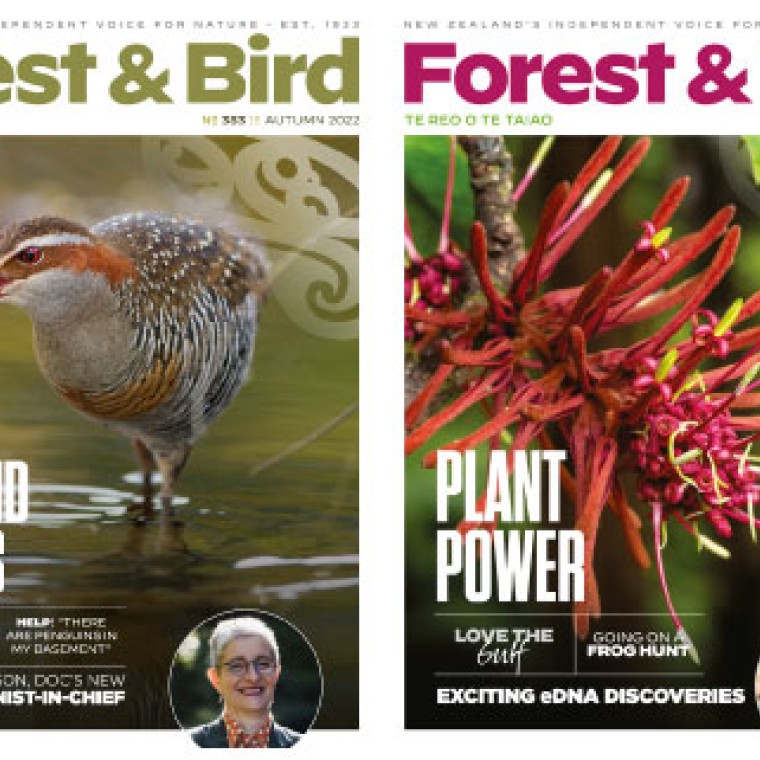Formats and related files:
Forest & Bird has three branches and a long history of conservation in the Hawke’s Bay region. We have contributed significantly—and continue to contribute significantly—to conservation in the area as an advocate for the environment through national, regional, and local planning processes; as an educator through our Kiwi Conservation Club; and in action through on-the ground conservation work within our community
Our submission on the Long Term Plan for the region covers the following areas, which tie into Forest & Bird’s national strategic objectives:
- Climate Centred: Hawke’s Bay is resilient to the impacts of climate change. Any activities or developments in the region must actively mitigate their contribution to climate change. People understand the threat and urgency of climate change and are supported in climate change practices.
- Economy that Supports Nature: Hawke’s Bay’s local economy and nature are interconnected. Unhealthy nature equals an unhealthy economy. Infinite growth (of local production, population, or the economy) is not sustainable and not possible.
- Vibrant Landscapes: Hawke’s Bay’s terrestrial native flora and fauna are protected and enhanced in urban and rural areas. Landscapes are free from pests. Development can occur without clearing and destroying landscapes and their respective ecosystems.
- Oceans Alive: Hawke’s Bay residents recognise the health of the marine environment is a direct result of on-land activities. Coastlines return to their original, healthy states. Fishing and aquaculture activities follow ecosystem-based management principles. Thirty percent of Hawke’s Bay’s marine environment is protected through a network of no-take marine protected areas.
- Energised Water, Rivers, and Wetlands: Hawke’s Bay’s rivers and streams are clean, healthy, and teeming with life. Wetlands are protected and enhanced.
